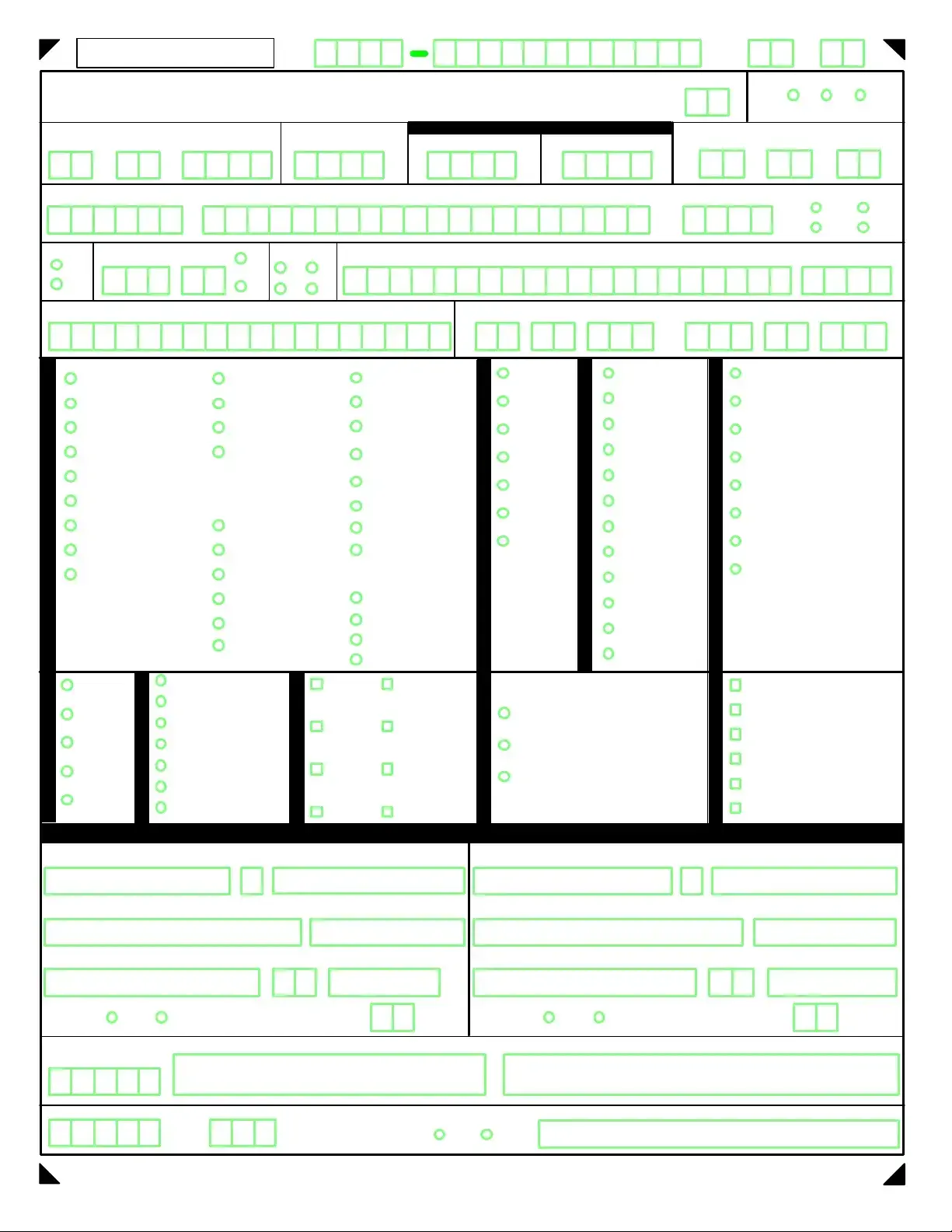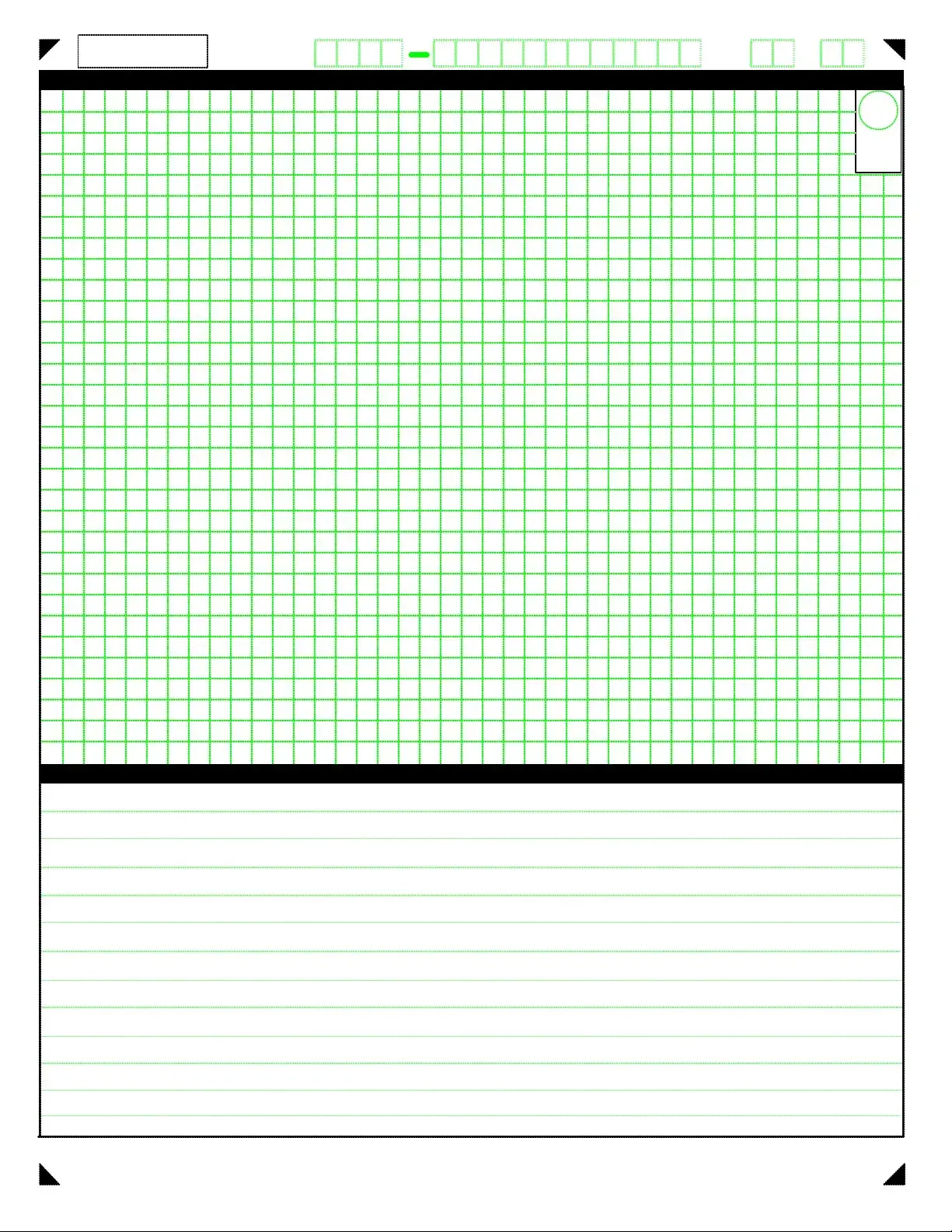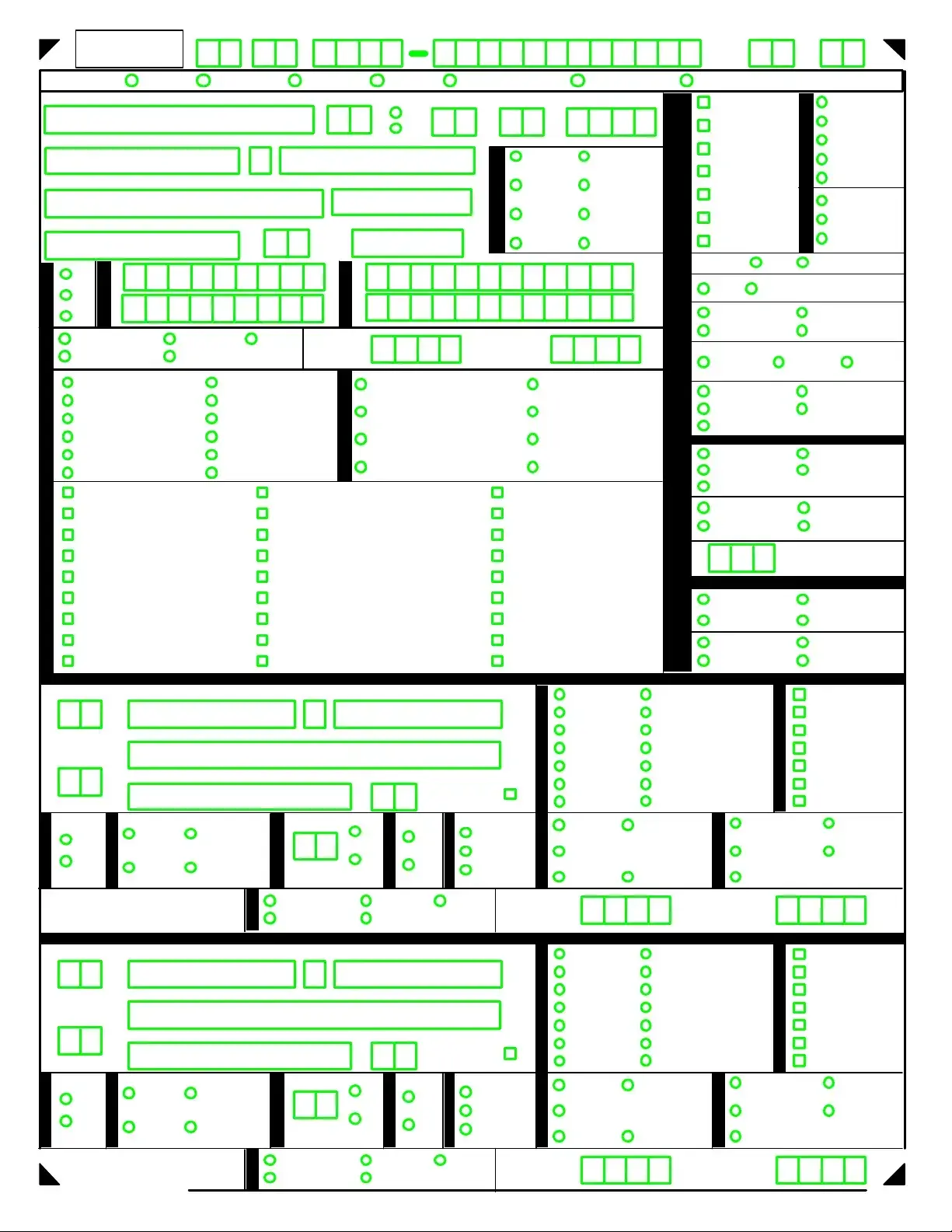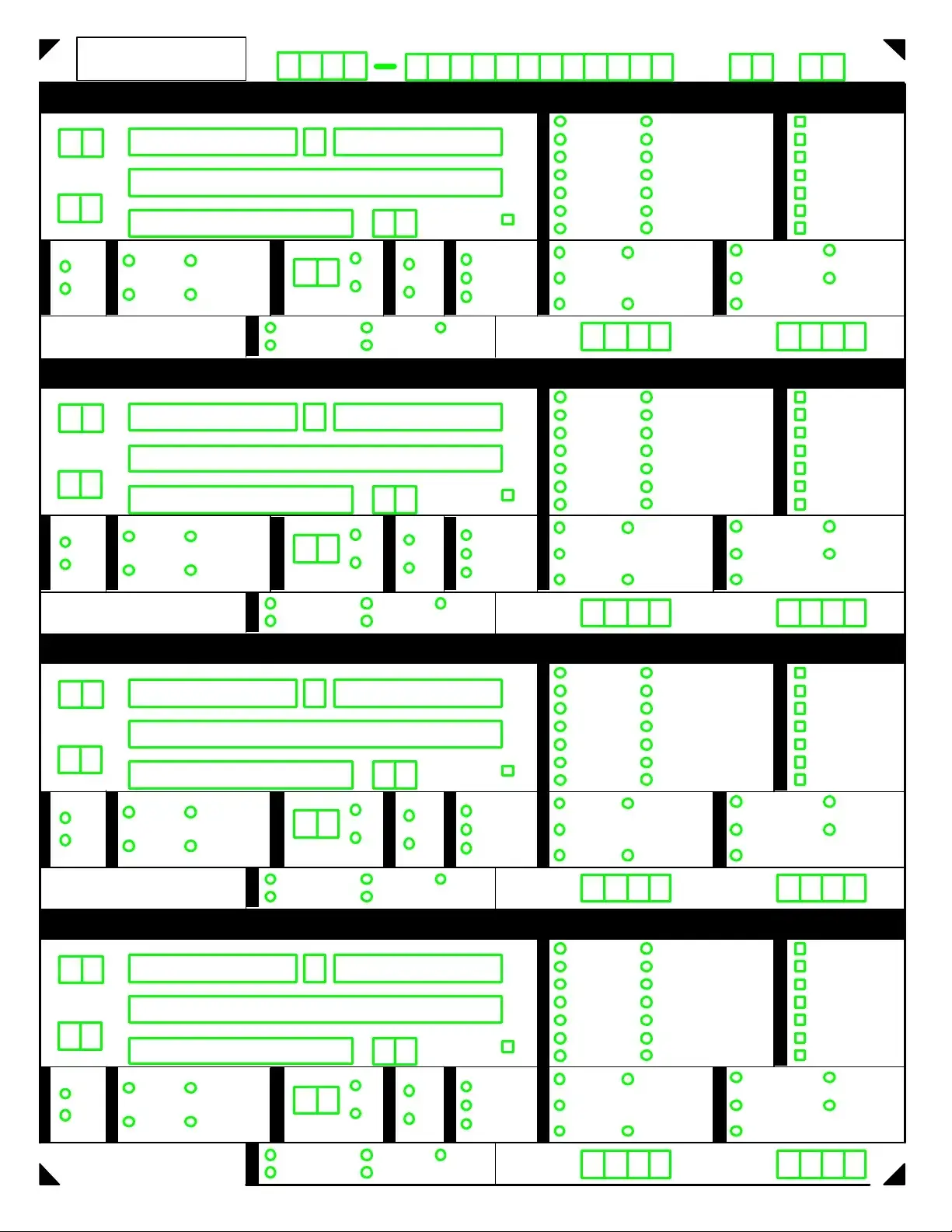What is the purpose of the Mississippi Accident Report form?
The Mississippi Accident Report form serves as an official document to record the details of motor vehicle accidents within the state. It is used by law enforcement agencies to gather crucial information such as the location, participants, and circumstances of the accident. This form helps in the investigation process, aids in statistical analysis for traffic safety measures, and is useful for insurance claims and legal proceedings.
Who is required to fill out the Mississippi Accident Report form?
Typically, the responding law enforcement officer at the scene of the accident fills out the Mississippi Accident Report form. This includes details about all vehicles, drivers, passengers, witnesses, and any property damage. In cases where law enforcement is not present, drivers involved in significant accidents may be required to file a report with the local police department, sheriff's office, or the Mississippi Highway Patrol.
What information do I need to provide when completing the form?
When completing the Mississippi Accident Report form, you'll need to provide comprehensive information about the accident. This includes the date, time, and location of the crash, details about each vehicle involved (such as make, model, and license plate number), driver information (including license number and insurance details), descriptions of any property damage, personal injuries, and a narrative or diagram of how the accident occurred. Additionally, the form requires information about road and weather conditions at the time of the accident.
Is there a deadline for submitting the Mississippi Accident Report form?
Yes, there is usually a deadline for submitting the Mississippi Accident Report form, typically within a set number of days following the accident. This deadline can vary based on the reporting agency's requirements. It is crucial to submit the form within the specified timeframe to ensure compliance with state laws, to facilitate the insurance claims process, and to avoid any possible penalties.
Where should the Mississippi Accident Report form be submitted?
The completed Mississippi Accident Report form should be submitted to the law enforcement agency that has jurisdiction over the location where the accident occurred. This might be the local police department, the sheriff's office, or the Mississippi Highway Patrol. In some cases, the form can be submitted online or mailed to the appropriate office.
Can the Mississippi Accident Report form be used for insurance claims?
Yes, the Mississippi Accident Report form is often utilized in the insurance claims process. Insurance companies may request a copy of the accident report as part of their claims investigation. The report provides insurers with verified details about the accident, which can help establish fault and determine the coverage and compensation for damages and injuries.
What happens if I fail to complete or submit the Mississippi Accident Report form?
Failing to complete or submit the Mississippi Accident Report form can lead to various consequences. Depending on the circumstances, you might face legal penalties, including fines. Additionally, if the accident report is not filed, it may complicate the insurance claims process, potentially affecting your ability to receive compensation for damages or injuries. Moreover, it might impact legal proceedings related to the accident, as the report serves as a critical piece of evidence detailing the event.




